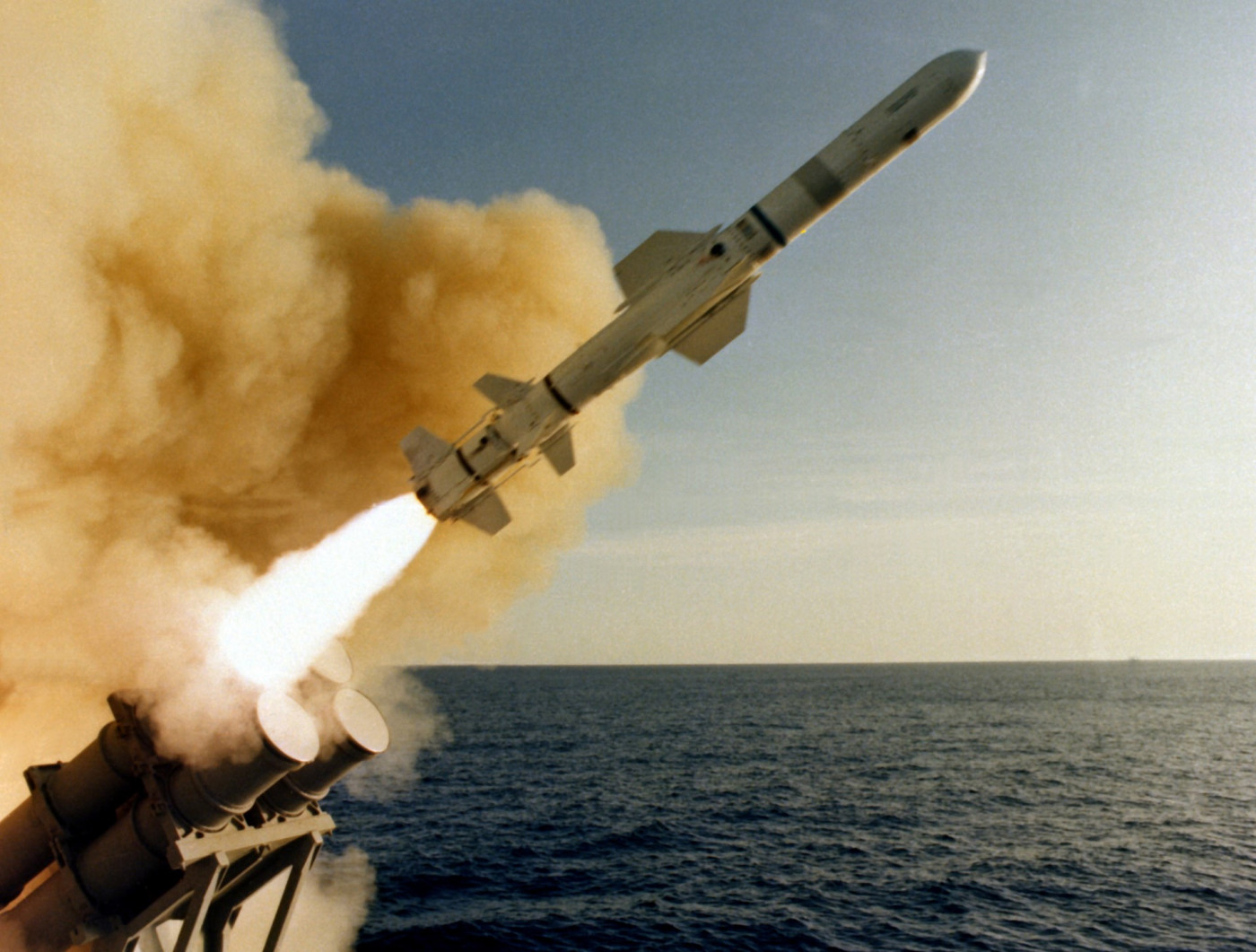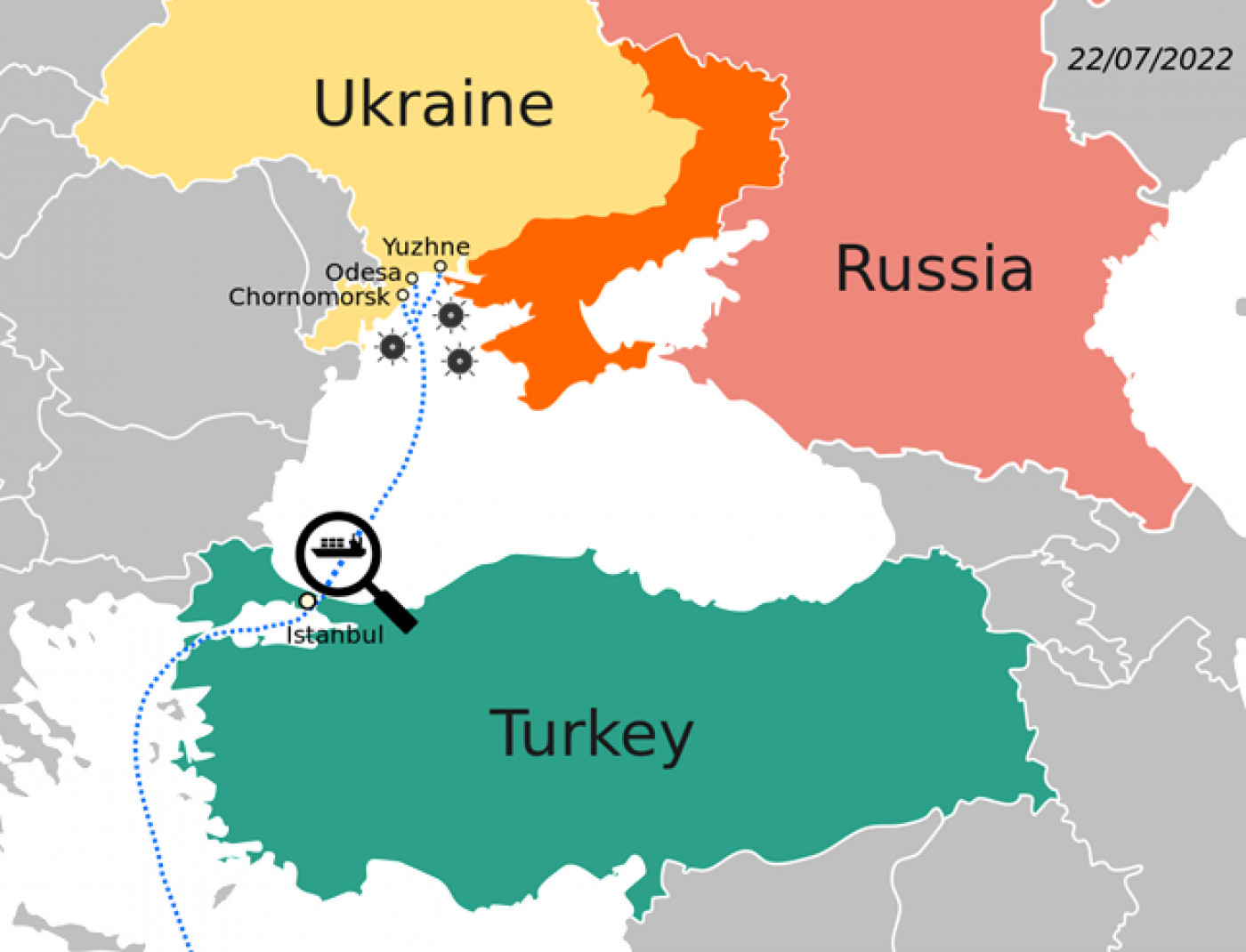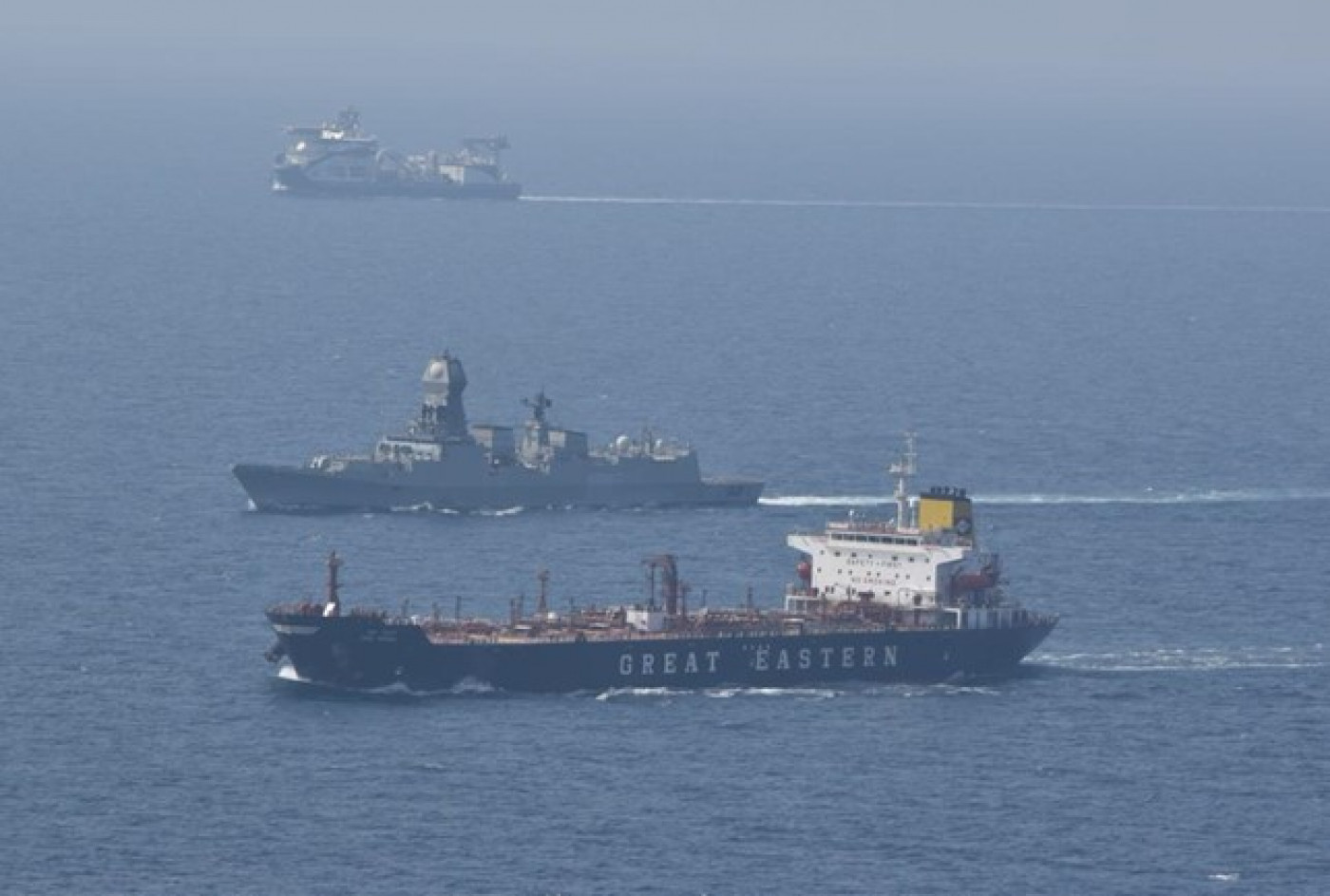War has historically been bad news for mercantile shipping. From privateers being given license to raid cargo ships flagged under the enemy’s banner, to the U-boat attacks on the merchant navy in World War Two, civilian ships have always been targets in war, mainly for how vital they are to the war effort. Today, many of the world’s busiest shipping lanes are also sites of conflict. Areas such as the Red Sea, the Black Sea, and the Strait of Hormuz pose a risk to merchant ships that must pass through them. Yet, each day, they do indeed pass through these areas, as these routes are critical to the freight reliant global economy. It is indeed this criticality which makes them such appealing targets, not for their ability to carry cargo for the war effort as before, but to put pressure on the international community and their economies. Protecting merchant shipping thus becomes another aspect of the conflict to plan for and mitigate, while crews passing through these areas must take measures to protect themselves and their cargo.
Inevitably, when entering such areas of conflict, a ship runs the risk attack. This can happen by accident, when a civilian vessel stumbles upon a confrontation between military forces. However, as mentioned prior, often ships are deliberately targetted. Methods wary depending on the resources and identity of the attackers, from small boats like those commonly used by pirates, to sea mines to missiles. Sea mines have been an issue in the Black Sea 1, while in the Red Sea, missile attacks on ships are more common. Recently, drones have become an increasing threat, as witnessed in the Gulf of Aden where an Indian vessel was recently hit by a drone, causing a fire that was later put out.2 Whether by missile strikes, mines, or unmanned drones, the result is the same: damage to the ship and cargo and potential loss of life and limb of the crew.

Harpoon ship missile launched from a US Navy ship in 1983. Public Domain.
Avoiding such areas is the most obvious solution, and in the case of the dangerous posed by the Houthi strikes in the Gulf of Aden, many companies have already done so. In the case of the Red Sea conflict, at least eighteen global shipping companies have rerouted around South Africa3. While the safest process, it is long and expensive, requiring an extra ten days of shipping and all the costs that entails. To give an idea, according to reporting by Reuters, the fuel cost of such a redirect is $1 million (£787,300) extra for a China to Europe round trip, and costs for some shipping containers going from China to the UK have doubled to $4,400 (£3,464) per container4.
Sometimes, when there is either no other route or no time or funds to take the safer options, avoidance is impossible. When this happens, other methods must be considered, both diplomatic and military. One example of a diplomatic solution is the Ukraine grain deal. Brokered in July 2022, this deal involved Ukrainian ships guiding merchant vessels through their mined territorial waters before the latter travelled through international waters along a pre-agreed corridor 5. Over 1000 ships carrying grain and fertiliser essential to feeding people around the world left Ukraine this way 6. However, the deal ended in July 2023 when Russia pulled out.

Map of the route of the Black Sea Initiative aka Ukrainian grain deal as of November 2022. Licensed under Creative Commons.
Nevertheless, ships did not stop leaving Ukrainian ports. This was due to ships routing along the Romanian and Bulgarian coast, and Ukraine’s own military reducing Russian capability in the Black Sea 7. At first glance, the reason is two-fold, but closer examination reveals it to be one reason: military power. Romania and Bulgaria are both within NATO, and thus have enough military backing behind them to deter Russian attack on any merchant shipping in their territorial waters.
Often, military protection by friendly navies is the preferred solution for the issue of merchant ships passing through dangerous waters. Two examples current to the time of writing demonstrate this principle. Industry guidance for going through the Strait of Hormuz is for ships to stick to two narrow corridors, one for inbound traffic and one for outbound. This is so Coalition navies can better concentrate their resources to protect these ships 8. In the Red Sea, the US-led Operation Prosperity Guardian is current active defending shipping in the area from Houthi rebel attacks 9.

Indian naval ship beside a merchant cargo ship in the Gulf of Aden, January 2024.Image provided by Government of India. Licensed under Government Open Data License (India)
Putting aside the ethics of such military intervention, this method of maintaining maritime security may work in the short term, but it is costly, and may not be a good long-term solution, as more military presence can serve to escalate existing tensions significantly. This is seen in the Red Sea, where the Houthis have promised retaliation already. At time of writing, it is unknown how long this conflict will last and when the Red Sea will be entirely safe again, or indeed whether Operation Prosperity Guardian has been successful. What is clear is that it will take a long time before ships can feel fully safe traversing one of the world’s most important shipping routes.
Though naval power is what helps maintain maritime security in these areas on a macro scale, one must not ignore the role ships play in their own fates and the mitigations they can take against attack. They may be prevented from entering by risk assessments from their insurers, and thus are forced to take other routes. An individual ship which decides to run the risk of going into an area of conflict and has cleared these hurdles must then take special precautions. Current industry guidance for the Strait of Hormuz states that some measures to take include but are not limited to additional lookouts, use of night vision binoculars, and keeping on AIS. A shipmaster’s first instinct may be to hire private security, but this is advised against 10. This is for the same reason as why military intervention can be so dangerous: it heightens tensions and risks the safety of the ship and crew even further should an armed conflict break out on board. There is no easy solution. When viewed through this lens, it is clear why some choose to avoid conflict areas altogether, despite the added length of time at sea. A crew’s safety must be paramount.
The issue of maritime security in conflict zones is a thorny one, and it is unlikely to be solved any time soon. Rising tensions require military responses to protect global interests, which in turn creates further tensions. A diplomatic solution is rarely within easy reach. It is a gap in maritime safety where there is no such thing as an overabundance of caution, nor is there one ideal solution, for either the ships or the countries involved. It is up to ship owners and crews to decide what risks and costs are acceptable for them. At the same time, it is up to the international community to either de-escalate the situation, or continue to employ a defensive strategy to protect those going through these dangers waters while trying not to heighten tensions. When there is no perfect solution, careful analysis must be employed to find something that works: a task I leave to the experts.
Disclaimer: The views and opinions expressed in this article are those of the author and do not necessarily represent those of the Lloyd’s Register Group or Lloyd’s Register Foundation.
Footnotes
-
1
Ruitenberg, Rudy. “Ukraine Allies Provide Ships to Ward off Russia in the Black Sea.” Defense News, 11 Dec. 2023, www.defensenews.com/global/europe/2023/12/11/ukraine-allies-provide-ships-to-ward-off-russia-in-the-black-sea/.
-
2
Chatterjee, Phelan. “Tanker Hit off India Coast by Drone from Iran, Says Us.” BBC News, BBC, 24 Dec. 2023, www.bbc.co.uk/news/world-asia-india-67811929.
-
3
“Alarmed by Attacks on Ships in Red Sea, Top UN Officials Urge Protection of Global Supply Chains, Avoiding Deeper Regional Tensions, in Security Council Briefing | UN Press.” United Nations, 3 Jan. 2024, press.un.org/en/2024/sc15552.doc.htm.
-
4
Baertlein, Lisa. “Red Sea Shipping Workarounds Add Costs, Delays for Suppliers, Retailers | Reuters.” Reuters, 29 Dec. 2023, www.reuters.com/business/retail-consumer/red-sea-shipping-workarounds-add-costs-delays-suppliers-retailers-2023-12-28/.
-
5
“Black Sea Grain Initiative | Joint Coordination Centre.” United Nations, www.un.org/en/black-sea-grain-initiative. Accessed 21 Jan. 2024
-
6
“Ukrainian Grain Exports Explained”, Council of the EU and the European Council, 18 Jan. 2024, www.consilium.europa.eu/en/infographics/ukrainian-grain-exports-explained/.
-
7
Korbut, Olya. “Blockade-Busting Ukraine Proves the Experts Wrong.” Centre for European Policy Analysis (CEPA), 18 Jan. 2024, https://cepa.org/article/blockade-busting-ukraine-proves-the-experts-wrong/.
-
8
“Industry Transit Advice, Persian Gulf, Strait of Hormuz and Sea of Oman.” Maritime Global Security, www.maritimeglobalsecurity.org/media/1057/2023-11-09-industry-transit-advice-persian-gulf-strait-of-hormuz-and-sea-of-oman.pdf. Accessed 21 Jan. 2024
-
9
Wintour, Patrick. “US to Announce Expanded Protection Force for Red Sea Shipping.” The Guardian, 17 Dec. 2023, https://www.theguardian.com/world/2023/dec/17/us-to-announce-expanded-protection-force-for-red-sea-shipping. Accessed 21 Jan. 2024
-
10
“Industry Guidance (002) - Maritime Global Security.” Maritime Global Security, 3 July 2019, www.maritimeglobalsecurity.org/media/1041/2019-07-03-industry-guidance.pdf.




